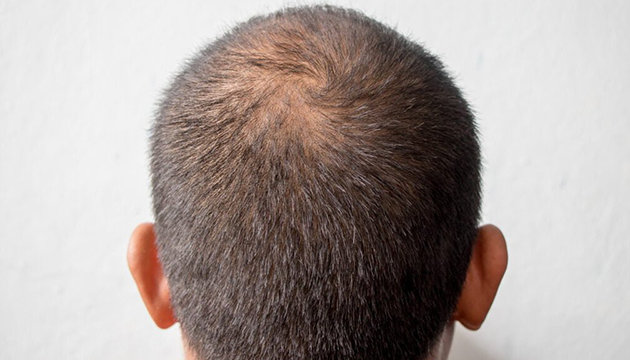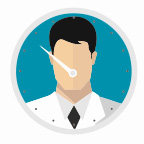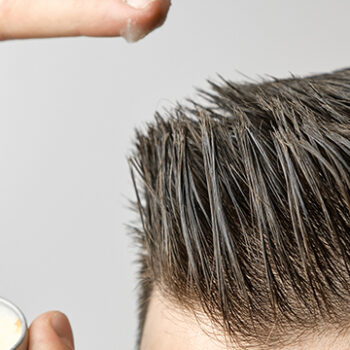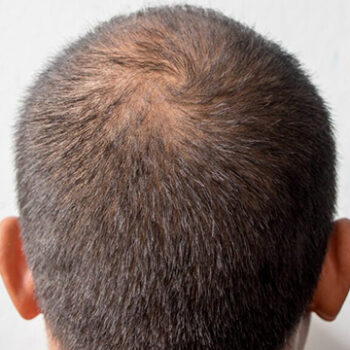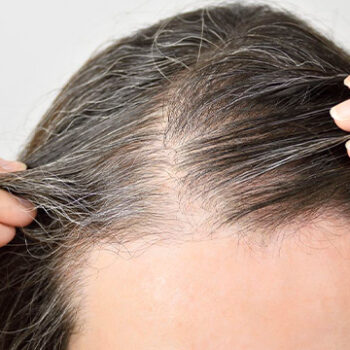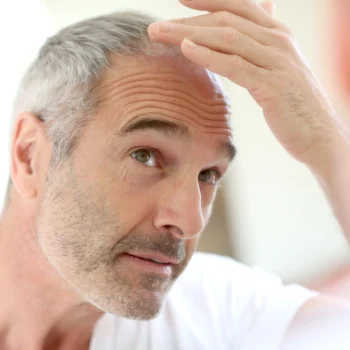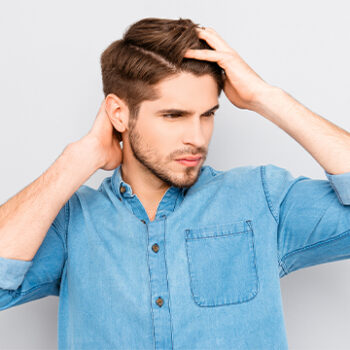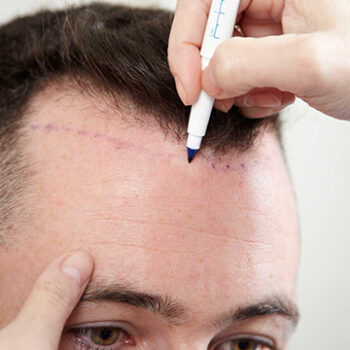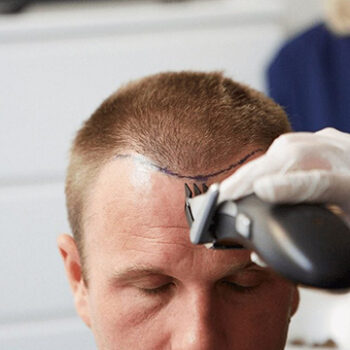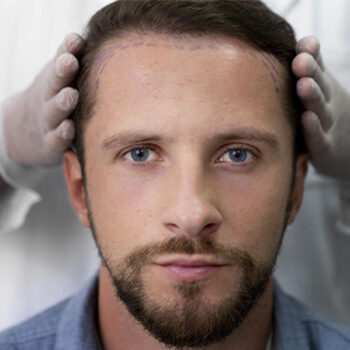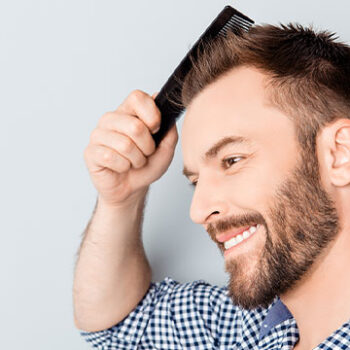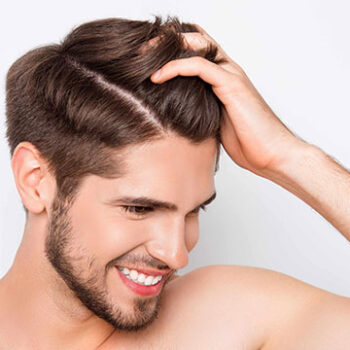How Much Hair Loss Is Normal In The Shower?
Finding hair in your shower drain can be alarming. The sight of seemingly large amounts of hair swirling down the drain or clumped in your fingers while shampooing often triggers concerns about excessive hair loss or early baldness. However, shedding hair during showering is a completely normal part of your hair’s natural growth cycle. Understanding what constitutes “normal” shedding versus potentially problematic hair loss can help ease your mind—or alert you to seek professional advice when necessary.
The Science Behind Hair Shedding
To understand normal shower hair loss, it’s important to first grasp the basics of the hair growth cycle:
Hair Growth Cycle
Each hair on your head goes through three distinct phases:
- Anagen (Growth Phase): This active growing phase lasts between 2-7 years. At any given time, approximately 85-90% of your scalp hairs are in this phase.
- Catagen (Transition Phase): A brief transitional period lasting about 2 weeks where hair follicles shrink and detach from the blood supply.
- Telogen (Resting Phase): A 2-4 month resting period where hair remains in the follicle but is no longer growing. About 10-15% of your hairs are in this phase at any time.
- Exogen (Shedding Phase): As new hair begins growing in the follicle, it pushes out the old telogen hair, resulting in natural shedding.
This cycle explains why hair loss is a continuous, normal process. You’re constantly shedding telogen hairs while new anagen hairs grow in their place.
What Is Considered Normal Hair Loss?
Daily Shedding Numbers
On average, humans shed between 50 to 100 hairs per day. This number can vary based on:
- Hair type and texture
- Hair length
- Age
- Ethnicity
- Season (more on this below)
- Hair care routines
For perspective, the average scalp has approximately 100,000 hair follicles, so losing 100 hairs daily represents just 0.1% of your total hair.
Why Hair Loss Seems More Noticeable in the Shower
There are several reasons why hair shedding seems particularly dramatic in the shower:
- Accumulated Shedding: If you don’t wash your hair daily, loose hairs that would have fallen out over several days remain loosely attached to your scalp until washing. This means you might see 2-3 days’ worth of normal shedding at once.
- Water and Manipulation: The combination of water, shampoo, and the physical action of washing loosens hairs that were already in the shedding phase but hadn’t yet detached.
- Visual Impact: Wet hair clumps together, making even a normal amount of shed hair appear more significant against the shower floor or in your hands.
- Length Factor: Longer hair is more noticeable when shed than shorter hair. Ten long hairs can look like a concerning amount while the same number of short hairs might go unnoticed.
Factors That Influence Normal Shedding
Several natural factors can temporarily increase your normal hair shedding rate:
Seasonal Shedding
Research has documented a phenomenon known as “seasonal shedding,” with studies showing that humans may shed more hair during specific times of year:
- Fall Shedding: Many people experience increased hair shedding during autumn months (September-November in the Northern Hemisphere). Some research suggests this could be an evolutionary response similar to mammals shedding their summer coats.
- Spring Secondary Shed: A smaller percentage of people experience increased shedding during spring months.
During peak seasonal shedding, it’s not uncommon to lose up to 150 hairs daily instead of the typical 50-100.
Washing Frequency
The less frequently you wash your hair, the more hairs will accumulate and shed during each washing session:
- Daily washers might notice 50-70 hairs per shower
- Every-other-day washers might see 100-150 hairs
- Weekly washers could find 150-300 hairs during their shower session
This doesn’t mean you’re losing more hair overall—just that the shedding is concentrated during fewer washing events.
Age-Related Changes
As we age, our hair growth cycles naturally change:
- Growth phases may shorten
- Hair diameter often decreases
- Hair growth rate typically slows
These changes can alter shedding patterns, though the 50-100 hairs per day guideline remains broadly applicable throughout adulthood.
When Shower Hair Loss Might Be Concerning
While shedding is normal, certain patterns might indicate a problem requiring medical attention:
Warning Signs
Consider consulting a healthcare provider if you notice:
- Sudden Increase: A dramatic increase in hair shedding without an obvious trigger
- Visible Thinning: Noticeable widening of your part or visible scalp that wasn’t apparent before
- Patchy Loss: Hair coming out in clumps or circular bald patches
- Pain or Irritation: Hair loss accompanied by scalp pain, itching, burning, or scaling
- Consistent Excessive Loss: Regularly finding significantly more than 150-200 hairs per shower
- Hair Not Regrowing: Areas where shed hair doesn’t seem to be replaced by new growth
Common Causes of Abnormal Hair Loss
Several conditions can cause increased hair shedding beyond normal levels:
- Telogen Effluvium: A temporary condition where stress, illness, major surgery, childbirth, or significant weight loss pushes more hairs than normal into the shedding phase. This typically resolves within 6-9 months as hair cycles normalize.
- Androgenetic Alopecia: Pattern hair loss affecting both men and women, influenced by genetics and hormones. This progresses gradually over years.
- Nutritional Deficiencies: Inadequate iron, protein, zinc, biotin, or vitamin D can impact hair growth and increase shedding.
- Thyroid Disorders: Both hypothyroidism and hyperthyroidism can significantly affect hair growth cycles.
- Medications: Certain drugs including blood thinners, blood pressure medications, and some antidepressants can increase hair shedding as a side effect.
- Autoimmune Conditions: Disorders like alopecia areata cause the immune system to attack hair follicles.
How to Monitor Your Hair Shedding
If you’re concerned about hair loss, these approaches can help you objectively assess your situation:
The Pull Test
A simple at-home assessment:
- Run your fingers through dry, clean hair with light tension
- If more than 5-8 hairs come out each time you do this, it might indicate increased shedding
Photo Documentation
Take consistent photos of your hairline, crown, and part every 1-2 months under the same lighting conditions to objectively track any changes.
Hair Count Method
While somewhat tedious, this can provide concrete data:
- Place a light-colored towel or cloth in your shower
- After washing your hair, count the shed hairs
- Track this count over several washing sessions to establish your personal baseline
Tips to Minimize Shower Hair Loss
While you can’t (and shouldn’t) stop normal shedding, these practices can help minimize breakage that might be contributing to hair in your shower drain:
Gentle Hair Care Practices
- Detangle hair before showering using a wide-tooth comb
- Avoid aggressive scrubbing of the scalp
- Use lukewarm rather than hot water
- Apply conditioner primarily to hair ends
- Blot hair dry rather than rubbing vigorously with a towel
Hair-Friendly Products
- Use sulfate-free shampoos, which tend to be less drying
- Apply conditioner to mid-lengths and ends to prevent tangling
- Consider periodic use of strengthening hair masks
- Use heat protectants before styling with hot tools
When to See a Professional
If you’re genuinely concerned about the amount of hair you’re losing in the shower, don’t hesitate to consult with:
- Dermatologist: Specializes in conditions affecting hair, skin, and nails
- Trichologist: Specializes specifically in hair and scalp health
- Endocrinologist: Can assess hormone-related hair loss
These professionals can distinguish between normal shedding and true hair loss conditions, potentially through:
- Scalp examination with dermoscopy
- Blood tests to check for deficiencies or hormonal imbalances
- Hair pull tests and possibly scalp biopsies in some cases

 English
English Français
Français Deutsch
Deutsch Türkçe
Türkçe 中國人
中國人